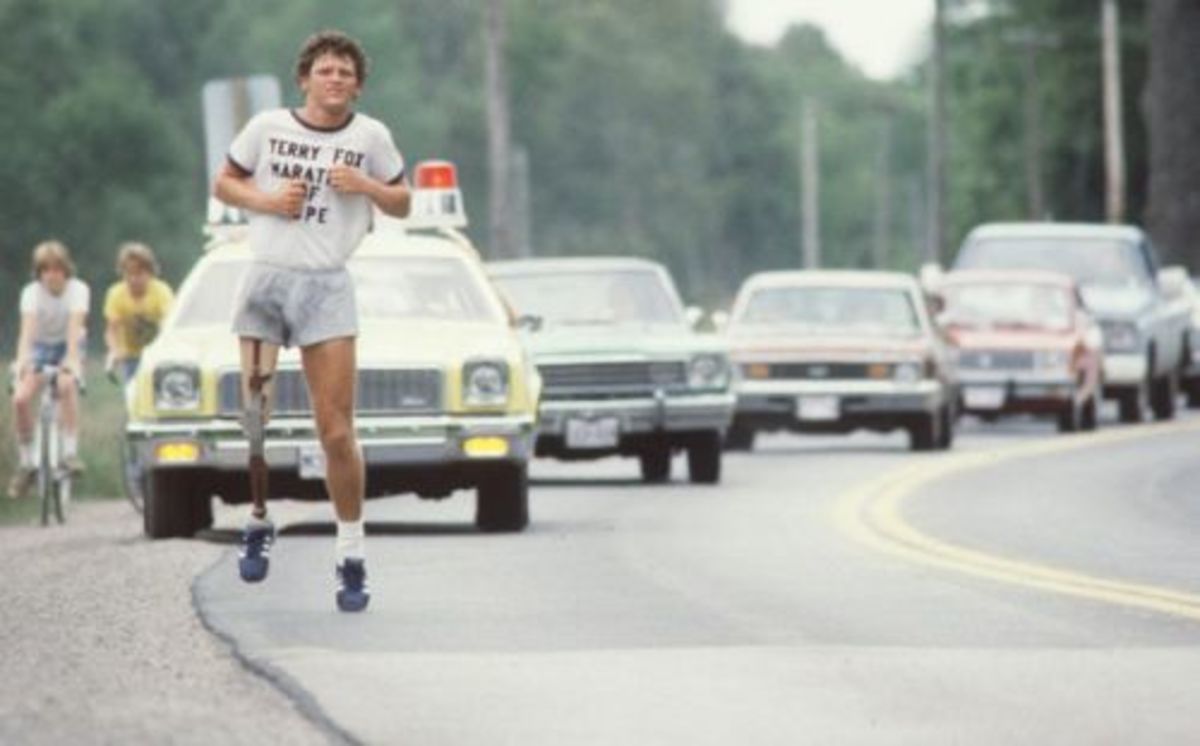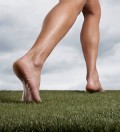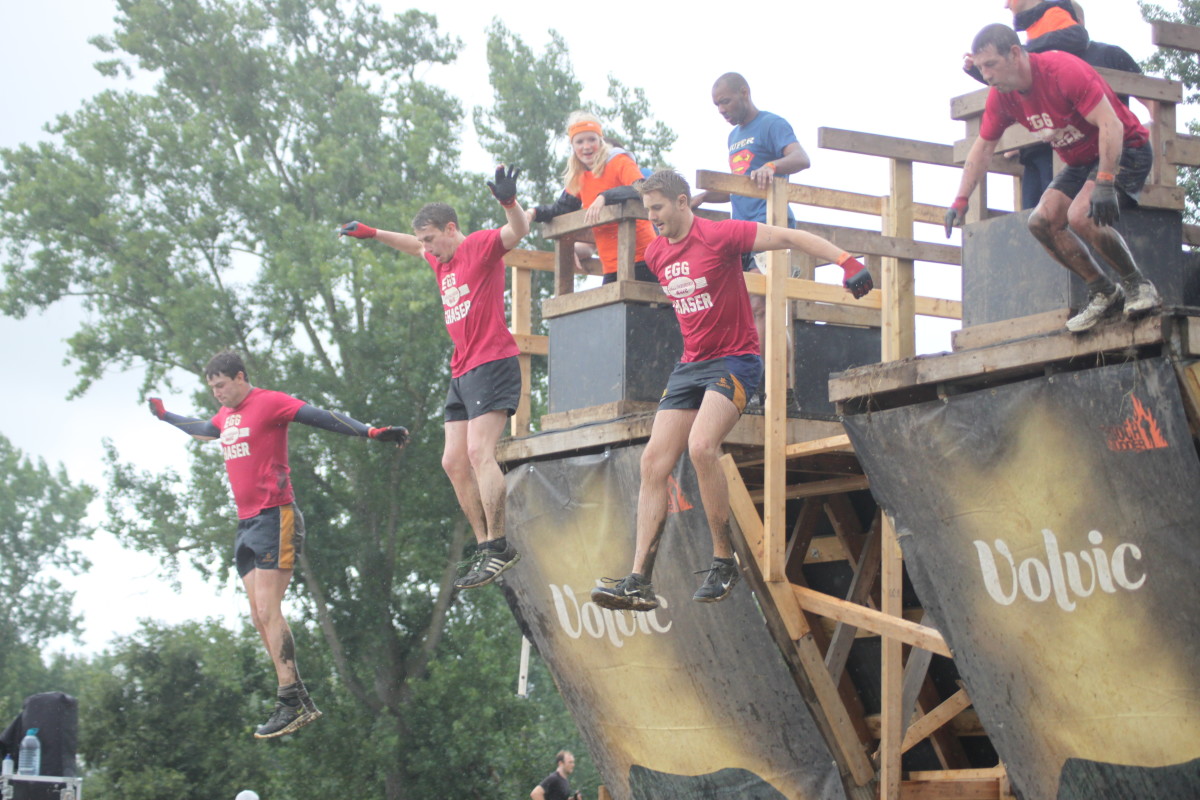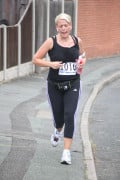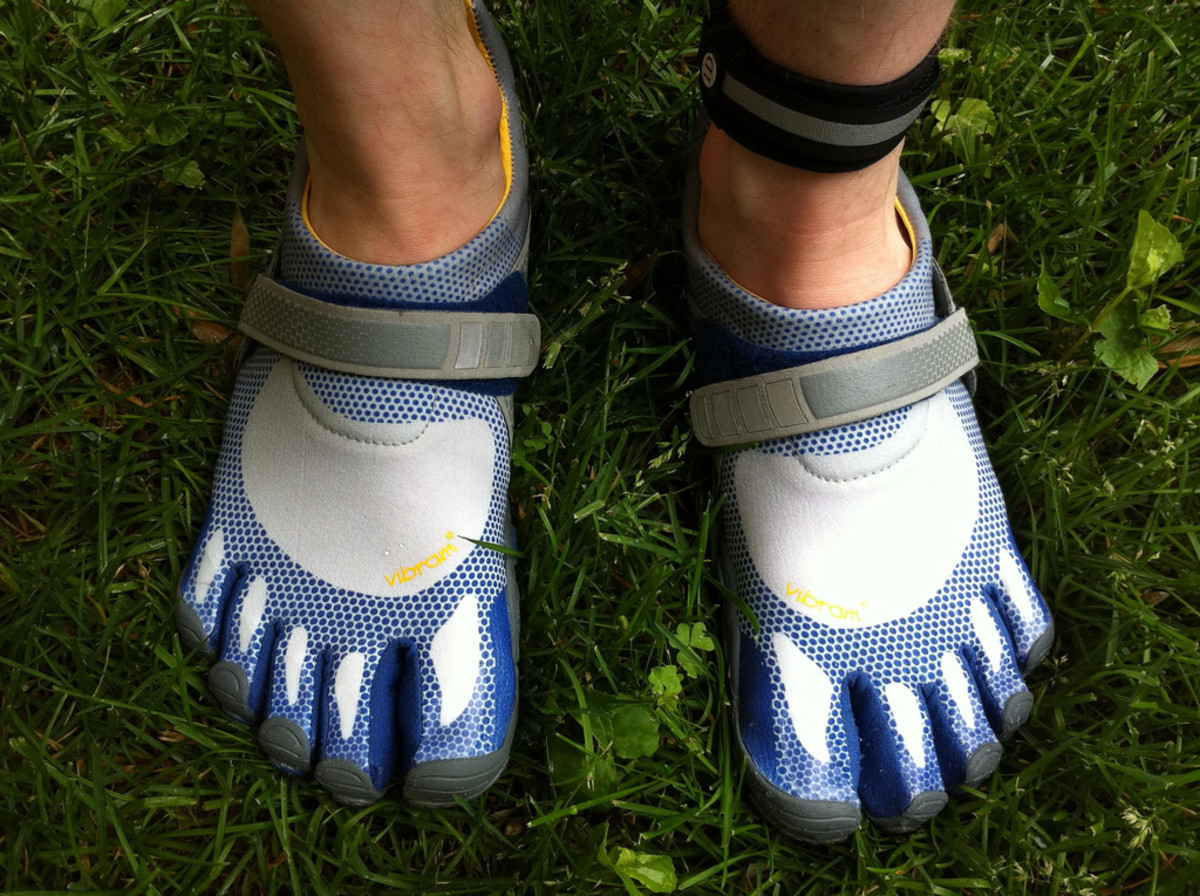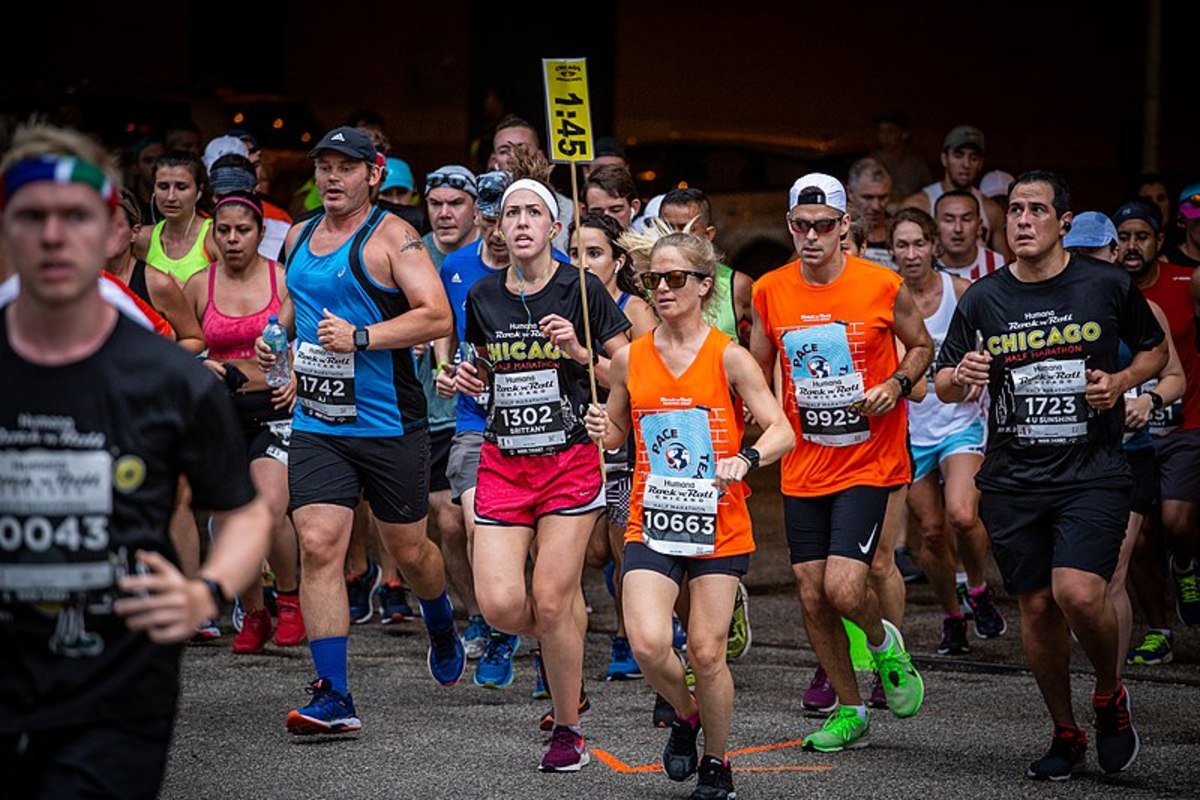New to Running ? Tips before you start
When it gets too hot a quick breather is ok!

So you want to run?
Running Tips
Running is something alot of people want to do but don't know how to get started.
This is a sport you can start at any age and it is the same for the old or the young and many of the same rules apply.
It is not unusual for adults to start when in their late 30's and early 40's and still become excellent runners winning race medals and enjoying the sport well after their retirement age. However, the risk of injury is probably slightly higher in older people due to natural processes, the tendons and joints have become stiffer and these need to be looked after to get the best out of your running.
If younger people have a very relaxed lifestyle it will also be possible for them to get injuries too if their muscles are not properly warmed up and stretched before a race.
I took up running with the goal to be able to complete a 5 km race and this has led to training regularily every week for almost four years. The 5k extended to a 10k and then on to half marathons etc. During this time i have learned the hard way about the many injuries that a runner can get and this has also led me to find ways of avoiding them. I have logged most of my findings through the years and have decided to share them on my hub.
If any of the tips i share can help then that is great but please remember we are all individual and built differently so what worked for me might need some adjustment for you. This is only a guide and should be treated as such.
Before starting to run
Make sure that your health is good before throwing yourself into the deep end.
Most people will be able to run and even heart operated patients benefit from this form of exercise. But if you have any lung disease, deformities of the spine, joint disease amongst others it would be advisable to discuss your thoughts with your doctor first.
Shoes
This i found to be my biggest investment but also my biggest problem when trying to find the right pair of shoes for me.
I dashed out and bought the most expensive pair i could find, i had read so much about the different types of shoes and realised that they were important for all sorts of reasons but i was still too «green» to know that this wasn't enough. Expensive shoes are made well but are they right for your type of feet, knees and hips?
The way we run is determined by many factors and one is how we strut our stride and another is how we land on our feet. Some people can run barefooted others need loads of ankle support and some even need to have the inside of the heels built up....only to name a few!
You can have your style and needs checked out by going to a good running shop and having this analysed while running on a treadmill taken up on a video and an expert helping to find the right shoe for you. There are also custom soles that can be made to the shape of your feet if you have any problems due to operations, bunions and other very common ailments.
By investing in good shoes that are right for you you can cut down the risk of long term damage and injuries that can come about short term, mostly leading to you giving up this one sport you were so motivated to start. Running does bring with it aches and pains but these are quite different from damage and tissue injury through not being wise enough to stop or get help in time. Never ever ignore a pain you will soon be able to tell the difference of what is «normal» and what needs immediate attention.
Taking it one step at a time
It is so hard to tell someone when they are loaded with enthusiasm and motivation to take it easy in the beginning. Quite often when you have decided to run you will be feeling pretty fit and ready to go! It is a bit different if you decide to run to lose wait or get healthy because you will expect it to be quite tough. But the ones feeling fit will head off into the moonlight at full speed . How many times have you seen the new years resolutioners and the early spring joggers out with their new gear on ?. You might see them run by your house a couple of times a week for a few weeks and then never see them again. Some of them might have found new routes but more often than not a good percentage have given up due to injury or lack of the initial motivation.
Treat your first few runs and your body with respect and it will pay you back tenfold. Your muscles need to get used to the new lifestyle, your brains thinks and your muscles do but that doesn't mean to say that they always agree with each other right there and then.
Warm the muscle up to the task, walk for a bit after your shoes have been tied up properly. Then jog gently. The heart will beat faster and you might even sweat but that is good. When running slowly you might be very aware of what you are doing with your arms and what is wobbling but believe me these are normal thoughts. Many people are self conscious when they get out there for the first few times. I can assure you this goes over and you quite quickly don't give two hoots. Believe it or not this is one of the main reasons people run faster than their body is ready for, they are so taken up by what other people think that the enjoyment and benefit of the run gets forgotten and abused.
You are running for yourself and that is important to remember. Even if you have signed onto a sponsored run you are still running for yourself! You made the decision so stick to it and survive.
If you start slowly and limit yourself to what you can manage with just the occasional push you will soon see progress within a few short weeks. As you become fitter, you will notice that your breathing is easier, you can run for longer before walking again and you will be ready for the next challenges waiting for you.
The rule of thumb is that you should not increase your running distance or speed by more than 10% each week. Every 4th week should be a so called rest week where you take slow gentle runs to give your muscles a chance to recover from any small damages.
Depending on your program you should only be running 3 or 4 times a week with core exercises and stretching as a part of your schedule. Your body needs at least two rest days in the beginning to avoid injury.
Once you have built up your base fitness level you will be able to challenge yourself alot more.
Remember that when you are running you are using many of the bodies muscles and many of these might not have been exerted for years regardless of your age.
Apart from being aware of unusual pains also be aware of tiredness and irritability. These can be really good indicators of pending problems. It would be wise to seek medical advice if in doubt. Besides there really is such a thing as over training which can knock athletes back for months and even years.
Before and after the run
You will read or be given different types of advice on what to do before and after a run and this is something you can decide for yourself as an experienced runner. If you on the other hand have just started i would say that it is really important both to warm up before a run and to cool down after. Especially if you are amorning runner, getting out of bed after a long nights rest might keep your muscles warm but they are still in sleeping mode and need a quiet reminder of what they are about to receive. A proper warm up does prevent injury. I don't want to put anyone of or make them over sensitive but it is worthwhile going t a good reliable running page like runners world and reading about prevention of injury.
A cool down requires a few gentle stretches which the muscle does benefit from and can make you less painful if you have any build up of lactic acid.
Thank you for reading my hub and i will be writing lots more about different aspects of running. Like what it was like to train for my first race and what happens when injury is showing it's ugly side!!

